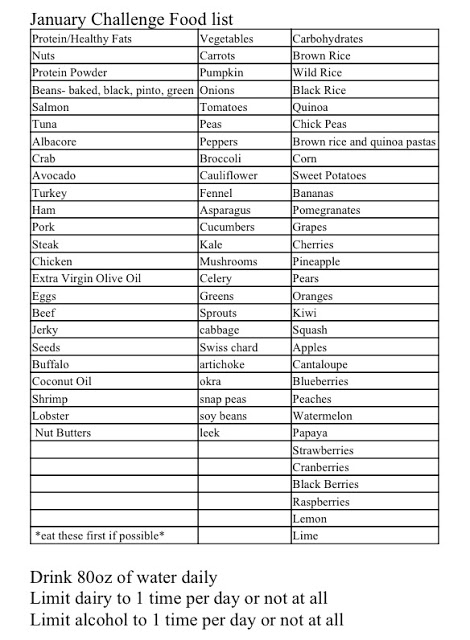Carbohydrates are all the same, right?
Not quite. Yes, all of our bodies eat food and metabolize food for energy but how our bodies metabolize the different foods can be very different.
In the past five years the reputation of carbohydrates has changed drastically. Carbs are now the feared food in a lot of diets.
Why do we need carbs?
In September 2002, the National Academies Institute of Medicine recommended that people focus on getting more good carbs with fiber into their diet. The following statements are based on information given in the report (www.goodcarbs.org):
- To meet the body’s daily nutritional needs while minimizing risk for chronic disease, adults should get 45% to 65% of their calories from carbohydrates, 20% to 35% from fat, and 10% to 35% from protein.
- There is only one way to get fiber — eat plant foods. Plants such as fruits and vegetables are quality carbohydrates that are loaded with fiber. Studies show an increased risk for heart disease with low-fiber diets. There is also some evidence to suggest that fiber in the diet may also help to prevent colon cancer and promote weight control.
Their recommendations:
- Men aged 50 or younger should get 38 grams of fiber a day.
- Women aged 50 or younger should get 25 grams of fiber a day.
- Because we need fewer calories and food as we get older, men over aged 50 should get 30 grams of fiber a day.
- Women over aged 50 should get 21 grams of fiber a day.
Think your getting enough fiber?
All about good carbs:
Most of us know what the good carbs are: plant foods that deliver fiber, vitamins, minerals, and phytochemicals along with grams of carbohydrate, such as whole grains, beans, vegetables, and fruits. Certain types of fiber found in oats, beans, and some fruits can also help lower blood cholesterol. Other good sugars are unprocessed or minimally processed whole foods that contain natural sugars, like fructose in fruit or lactose in milk.
The problem is that the typical American diet is really lacking “good carbs”.
How to get more “Good Carbs”:
- Eat plenty of fruits and vegetables, 9-11 servings a day is recommended
- Include some beans and bean products in your diet
- Instead of regular pasta try brown rice and quinoa pastas
All about bad carbs:
- Sugars
- “Added” sugars
- Refined “white” grains
Americans are eating more sugar than ever before. In fact, the average adult takes in about 20 teaspoons of added sugar every day, according to the USDA’s recent nationwide food consumption survey (www.webmd.com). That’s about 320 calories, which can quickly up to extra pounds. Many adults simply don’t realize how much added sugar is in their diets.
Another thing to know is that most “low fat” or “reduced fat” products have sugar being substituted for fat, so its essentially trading fat for sugar.
The USDA (www.usda.gov) recommends that we get no more than 6% to 10% of our total calories from added sugar, that’s about nine teaspoons a day for most of us.
Here are the “Bad Carbs” to avoid:
- soda, pop, juice
- white bread, bagels, muffins, wraps
- white rice
- candy
- cake
- alcohol
- high fructose corn syrup
Here are a few example days that contain good carbs.
Here is a list of foods that are good carbs:
Good luck on your journey with good carbs!



